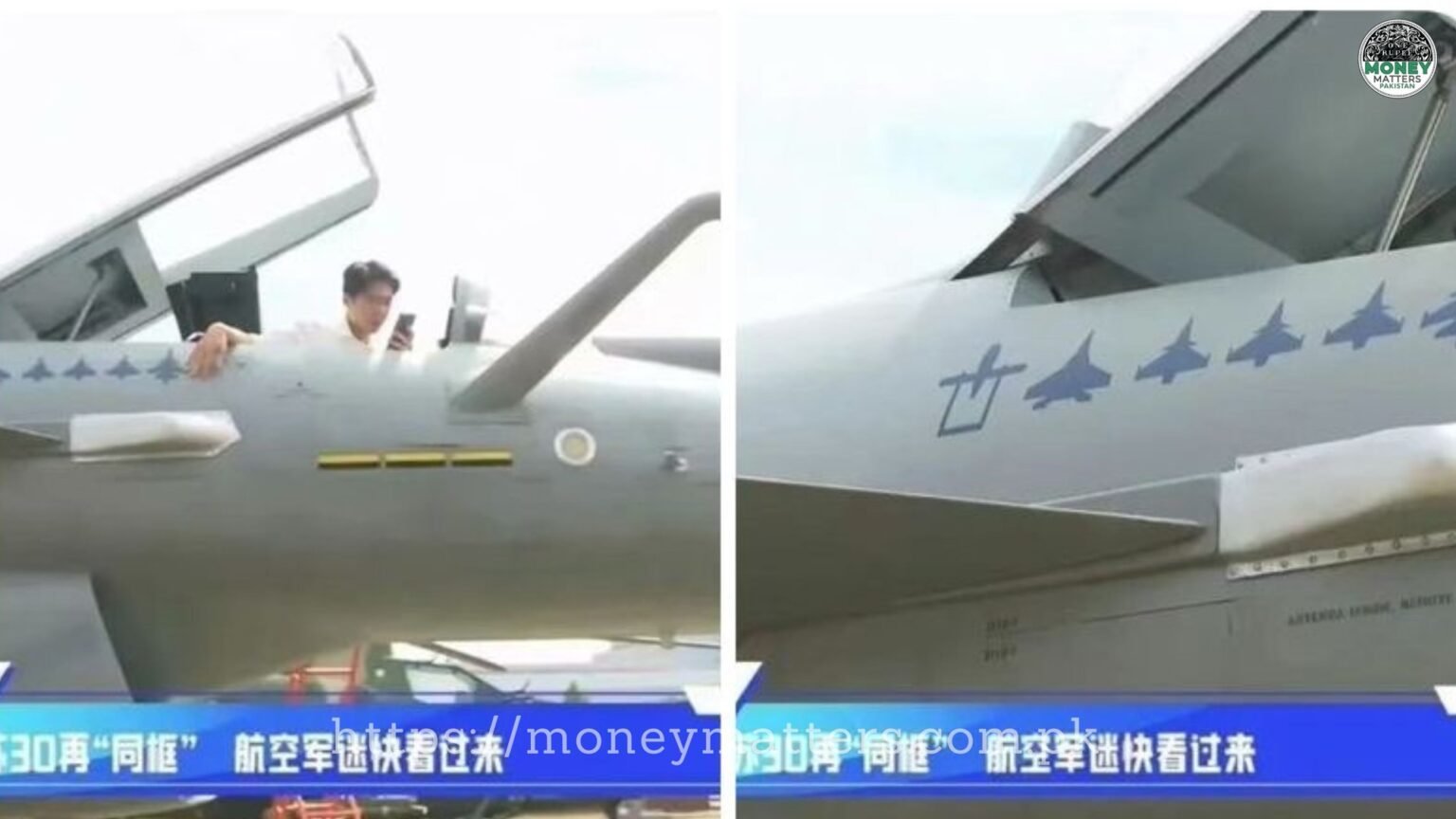Chinese Air Force pays tribute to Pakistan’s aerial victories over India, sparking debate and diplomatic ripples in South Asia.
Key Takeaways
• China’s PLAAF J-10C jets now display kill marks commemorating six Indian aircraft reportedly downed by Pakistan, symbolizing deepening military ties between Beijing and Islamabad.
• US officials have confirmed at least two Indian jets, including a Rafale, were shot down by Pakistan’s J-10C fighters.
• The incident highlights Pakistan’s growing reliance on Chinese military technology and marks a new chapter in South Asian aerial rivalry, with significant implications for regional security dynamics.
Money Matters Monitoring – In a striking gesture of military solidarity, China’s People’s Liberation Army Air Force (PLAAF) has showcased its J-10C fighter jets adorned with “kill marks” representing six Indian aerial assets reportedly downed by the Pakistan Air Force (PAF) during recent Indo-Pakistan hostilities. The markings-three Rafale fighters, one Su-30MKI, one MiG-29, and an Israeli Heron UAV-have ignited both celebration and controversy across the region.
The move comes after a series of high-profile aerial engagements between Pakistan and India, during which Pakistani officials claimed to have shot down multiple Indian aircraft in retaliation for Indian missile strikes. According to statements from Pakistan’s military and corroborated by US officials, at least two Indian jets, including a Rafale, were confirmed downed by Pakistan’s Chinese-made J-10C fighters. Pakistan’s Director General of Inter-Services Public Relations, Lt Gen Ahmed Sharif Chaudhry, stated that five Indian jets-three Rafale, one MiG-21, and one Su-30MKI-were brought down, a claim that remains unacknowledged by Indian authorities.
The “kill marks” on the Chinese J-10C, spotted during a recent airshow, are widely interpreted as a tribute to Pakistan’s operational success and a symbol of deepening military cooperation between Beijing and Islamabad. Defense analysts note that such markings are traditionally used to commemorate confirmed aerial victories, though their accuracy and intent can be subject to propaganda and psychological operations.
The gesture has been lauded in Pakistan as a sign of strategic partnership and airpower prowess. Internationally, the incident has attracted attention due to the involvement of advanced Western and Russian aircraft, and the use of China’s PL-15 long-range air-to-air missile, which reportedly set a new record for the longest air-to-air kill at 182 kilometers.
US officials have confirmed Pakistan’s use of the J-10C in these engagements, marking a significant milestone for Chinese military aviation and its export ambitions. However, the Indian government has not acknowledged the loss of any aircraft, maintaining that its operations inside Pakistan were successful and denying Pakistani claims.
For Pakistan, the Chinese tribute reinforces its narrative of air superiority and strengthens defense ties with its largest military supplier. The public display of kill marks on PLAAF jets serves both as a morale booster for the PAF and as a subtle warning to regional adversaries about the evolving capabilities of Sino-Pakistani airpower.




